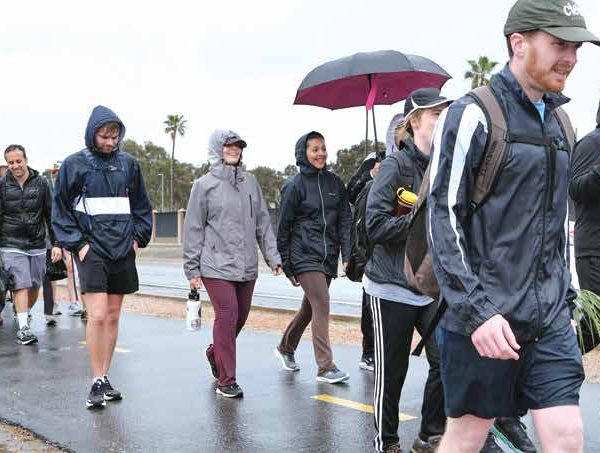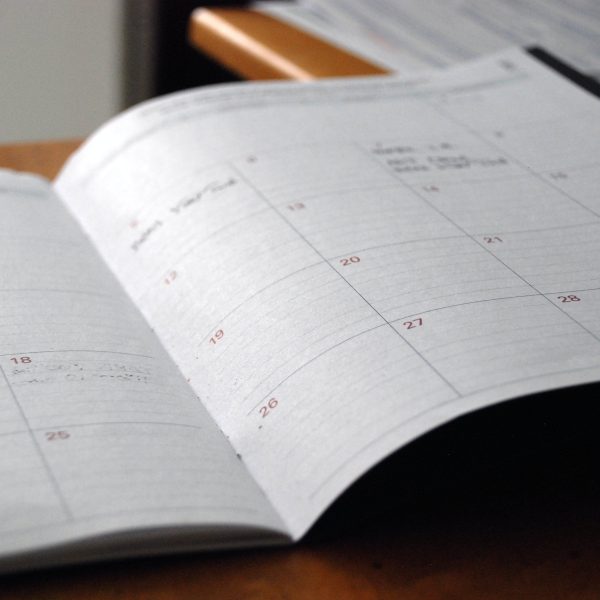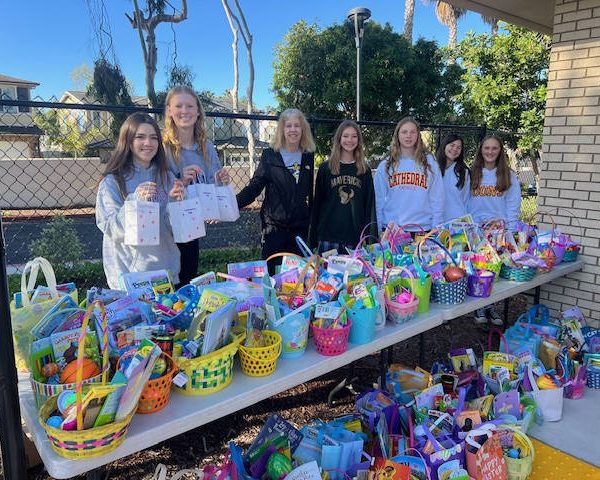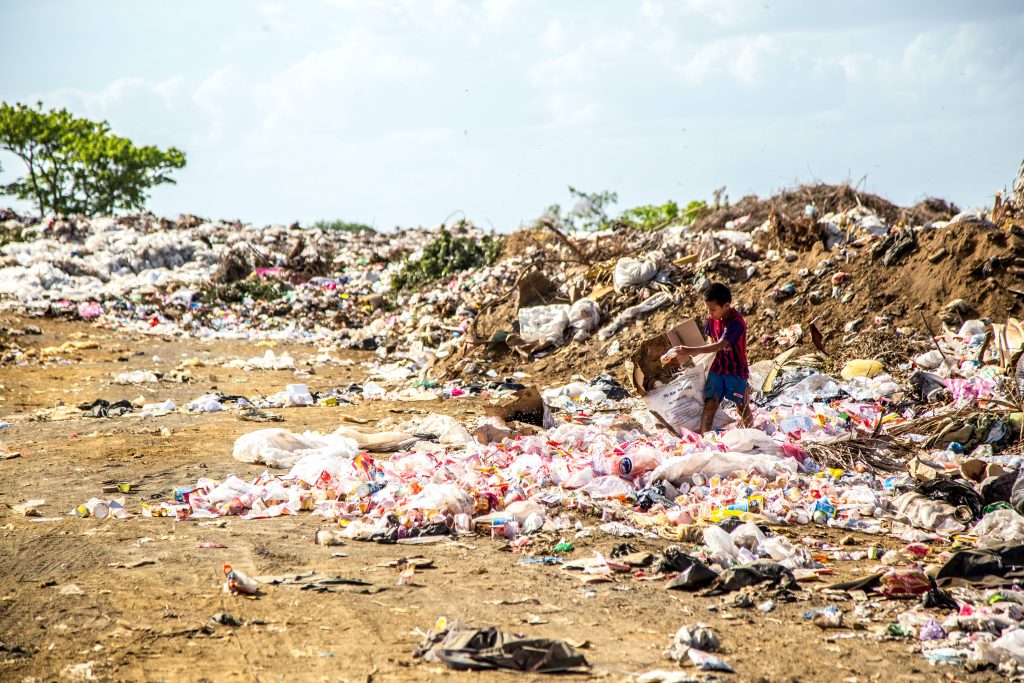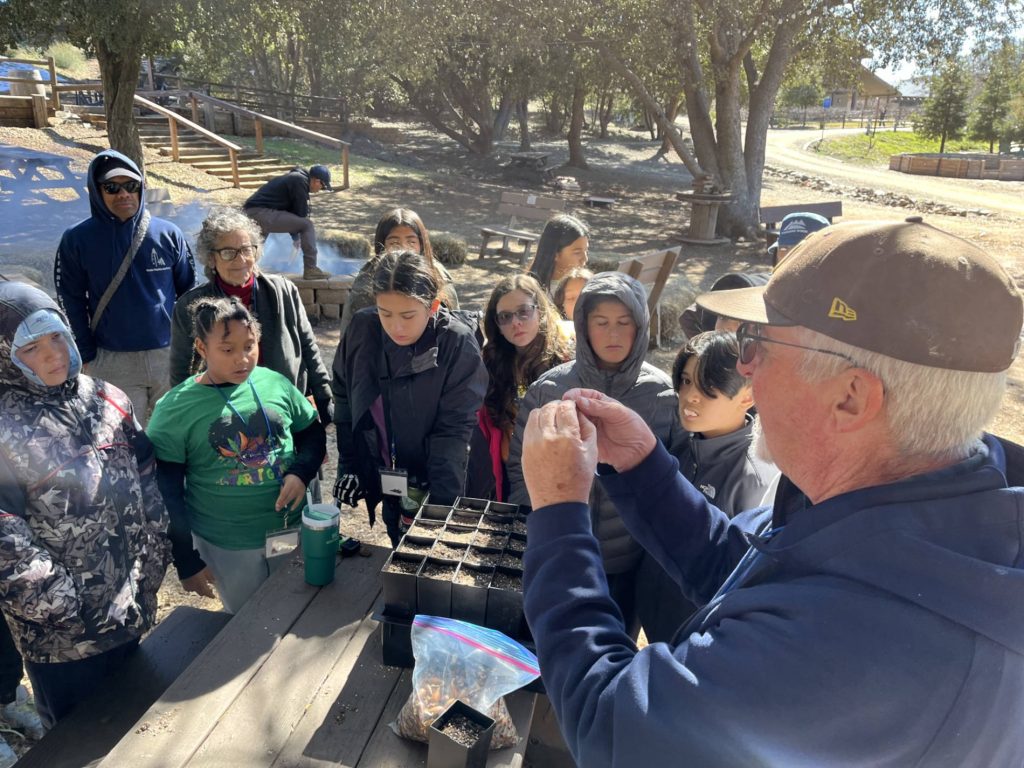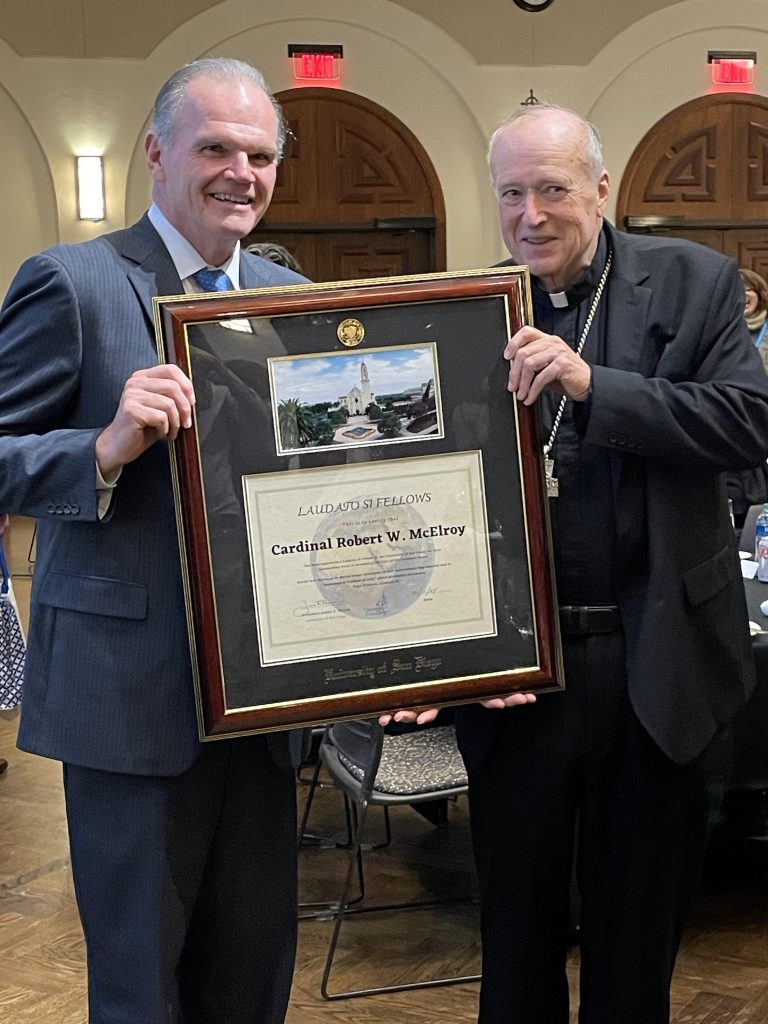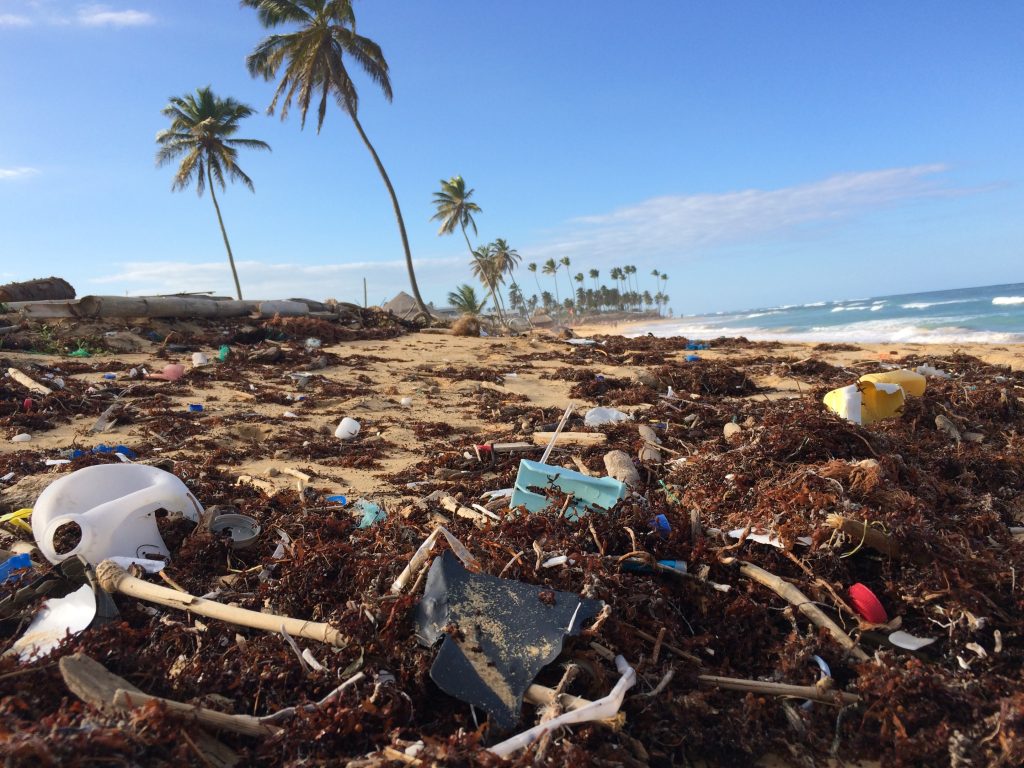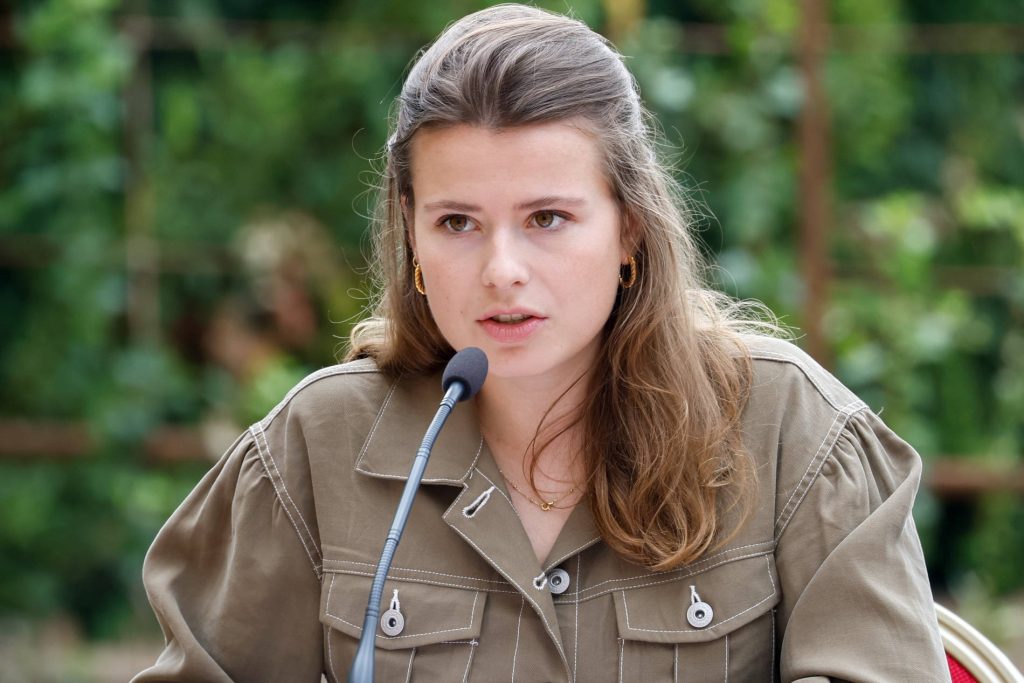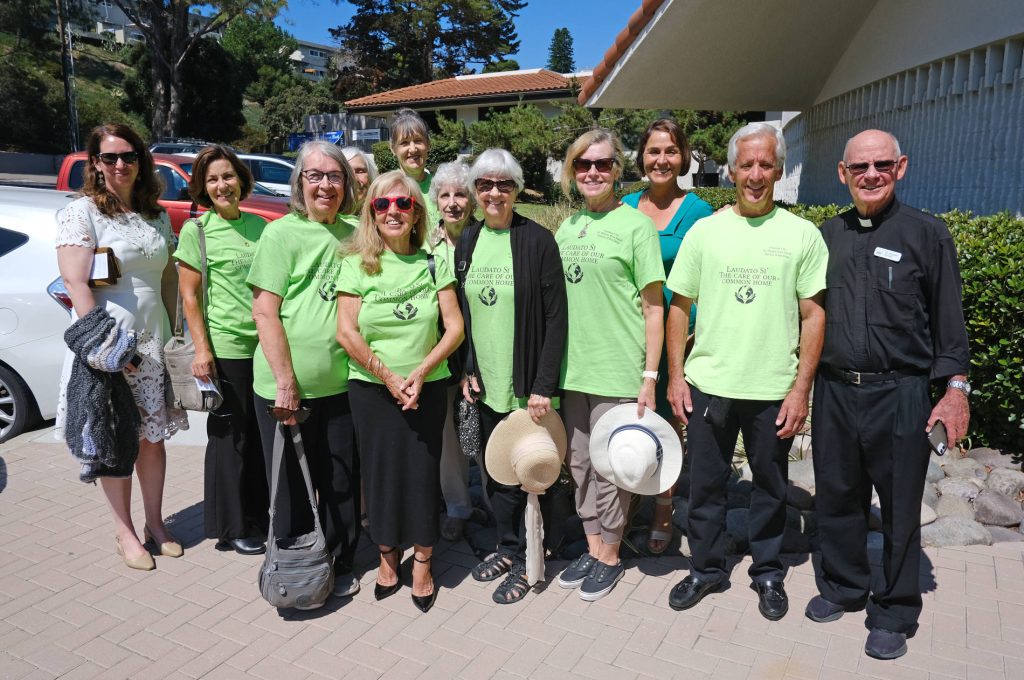By Christina Bagaglio Slentz
SAN DIEGO — In our celebration of the Triduum and joy of the Easter season, we journey through the Paschal mystery of Jesus’ passion, resurrection from the dead, and glorious ascension, by which Christ accomplishes the work of our salvation, so that we might enjoy everlasting life.
This pattern of suffering, death, and resurrection is echoed throughout the natural world, and Jesus Himself frequently points to creation’s Paschal rhythm — “Amen, amen, I say to you, unless a grain of wheat falls to the ground and dies, it remains just a grain of wheat; but if it dies, it produces much fruit” (John 12:24). In this repetition, we are invited, therefore, to recognize, as St. Gregory of Nyssa describes, “all the fullness of nature” bearing the image of God.
Collaborators with God’s will
Endowed with the responsibility of dominion over the earth (Genesis 1:26-28), from the very beginning people are meant to share in the completion of creation “to perfect its harmony for their own good and that of their neighbors” (Catechism of the Catholic Church, 307). However, as humanity has grown quick to use, consume, and carelessly throw away what we no longer see as useful, pollution and climate change have disrupted the rhythms of creation. Toxic landfills sicken those who cannot afford to live at a safe distance, microplastics plague creatures on land and sea, and an abundance of carbon emissions contribute to extreme weather, threatening the lives, livelihood, and displacement of millions.
Nevertheless, highlighting the life of Noah, Pope Francis argues, all it takes is “one good person” to take action in collaboration with God to open a path to salvation and restore hope (“Laudato Si,” No. 71). The pope goes on to observe, in the biblical tradition, such renewal “entails recovering and respecting the rhythms inscribed in nature by the hand of the Creator.”
Living with less and proper disposal
Continuing with our coverage of the seven goals of “Laudato Si,” this month’s goal is “The Adoption of Sustainable Lifestyles,” which directs us to restore the earth’s natural rhythms by living simply and using resources and energy responsibly. According to the “Laudato Si” Action Platform, sustainable lifestyle actions could include “reducing waste and recycling, adopting sustainable dietary habits (opting for a more plant-based diet and reducing meat consumption), greater use of public transport, active mobility (walking, cycling), and avoiding single-use items. Such behaviors contribute toward the harmonious completion of creation for our own good, that of our neighbors, and future generations.
But knowing “what to put where” can be one of the biggest barriers to adopting sustainable practices at home and at work. California legislation has pushed waste collection service providers to facilitate the diversion of as much trash as possible away from the landfill and into recycling or composting efforts. While differences have existed among providers as their equipment has caught up to the enacted policies, today, the rules for disposing items into the black trash, blue recycle, and green compost bins are fairly universal across the San Diego region:
- Green bin for organic waste — plant/yard trimmings, food, and paper (even soiled paper)
- Blue recycle bin — metal, glass, dry paper products, and HARD plastics with chasing arrow symbol
- Black trash bin — everything else, to include soft, flimsy plastics and rigid compostables that appear to be plastic
What NOT TO DO:
- Do not put plastic bags in either the blue or green bin — they are not recyclable nor compostable and become tangled in the sorting machinery.
- Similarly, do not put “tanglers” such as hoses, Christmas lights, and wire coat hangers in the blue or green bins; these items go in the black bin.
- Soiled diapers and dog waste bags must ALWAYS go in the black bin.
- All types of batteries are considered hazardous waste in California and are not allowed in landfills. Battery and electronics recycling locations can be found at “I Love a Clean San Diego’s Waste Free SD” site, https://wastefreesd.org.
Some key tips:
- Stock your shelves with compostable items instead of single-use plastics, which cannot be recycled. Better yet, use real dishes and silverware!
- Compostable items that are rigid and look like plastic must go into the black trash bin, as they decompose at a slower rate than other compostables. They still offer the benefit of breaking down in the landfill, but cannot go through compost machinery alongside other organic items.
- Create labels for bins with pictures of the commonly used items in a space to make it easier for proper disposal.
- For large events, consider posting volunteers near trash receptacles to guide people gently to the right container.
Whether it’s taking action in energy use, plastics use, consumption of red meat or some other area of environmental degradation, helping to restore harmony to the rhythms of creation draws us all closer to our Creator and each other. If you need any help in instituting these processes within your home, school, or parish, please don’t hesitate to reach out to the SD Catholic Creation Care Ministry at cslentz@sdcatholic.org.

